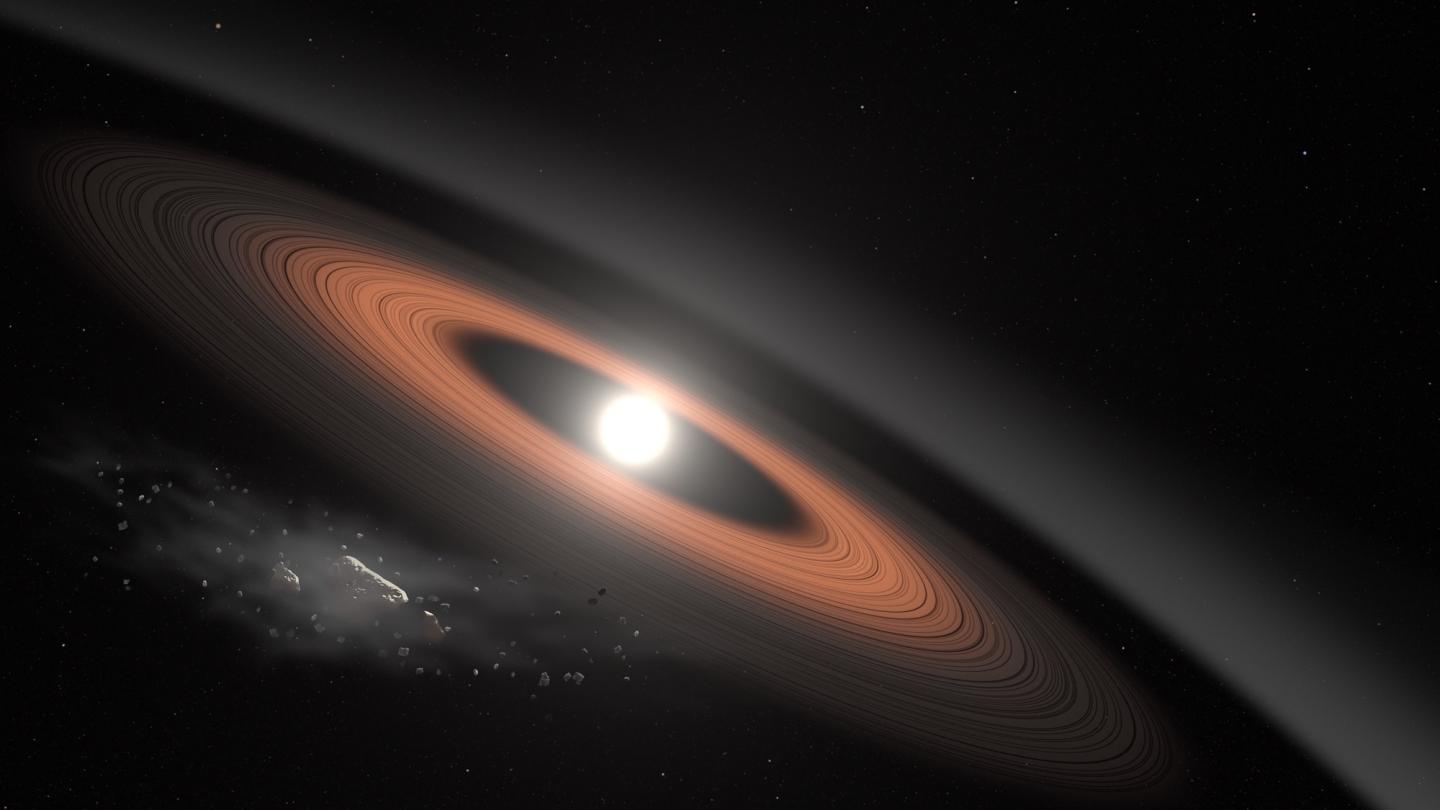For a long time, scientists and astronomers around the world have been on the hunt for Planet Nine, a planet which is believed to exist beyond Neptune and the dwarf planet Pluto. While in search of Planet Nine, another celestial body was discovered, something quite extraordinary – an ancient star surrounded by rings.
The newly-discovered star is estimated to be around 3 billion years old, and is surrounded by dusty rings encircling it. Interestingly, such an important discovery was made by a citizen scientist who worked on a project which involved looking for the mysterious Planet Nine. Melina Thévenot worked as a part of the NASA-led Backyard Worlds: Planet 9 project. The newly-discovered star is also known as LSPM J0207 + 3331 or J0207. Scientists thought that the star was actually a cold brown dwarf. Nevertheless, it turned out that the ancient star surrounded by rings had much more to offer.
“When Melina investigated further, she found that although the object had significant infrared brightness; it was not a nearby brown dwarf,” Adam Schneider, a research scientist at Arizona State University said in a statement. “The team looked at it together, and we determined it was likely a white dwarf with infrared excess.”
The research found that the surrounding rings were made of warm dust, created from the breakup of other bodies like “small rocky planetesimals,” which also surround the dust. Still, scientists haven’t been able to discover the secrets of the rings yet, but are fairly certain that the star is more ancient and colder than other white dwarfs with rings.
Scientist John Debes, an astronomer at the Space Telescope Science Institute in Baltimore and white dwarf expert said in a statement that everything that feeds the material in the rings which encircle the cold star operate on “billion-year timescales.”
“Most of the models scientists have created to explain rings around white dwarfs only work well up to around 100 million years, so this star is really challenging our assumptions of how planetary systems evolve,” Debes said.
Scientists believe in the possibility that the ancient star surrounded by rings has much more than only “one distinct ring-like component.” More importantly, this is the first time scientists have discovered a white dwarf star that possibly has multiple rings that encircle it. That makes scientists wonder how much we actually know about white dwarf stars.
One thing is certain, if the team wants to learn more about this star, more research will be necessary. Luckily, NASA’s James Webb Space Telescope is in the plans to be launched in a couple years, enabling more thorough and detailed observations of J0207. The study describing the ancient star has been published in The Astrophysical Journal Letters.





